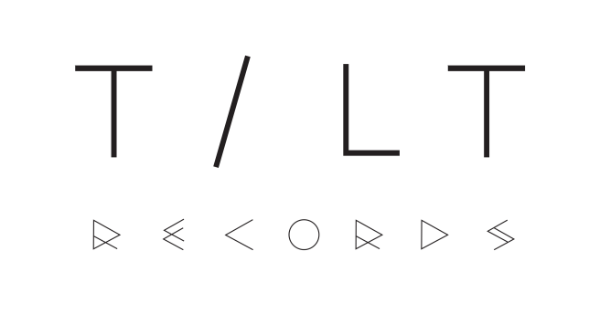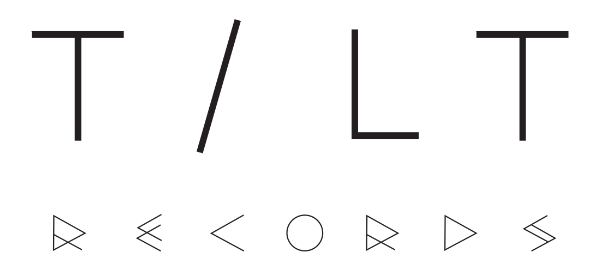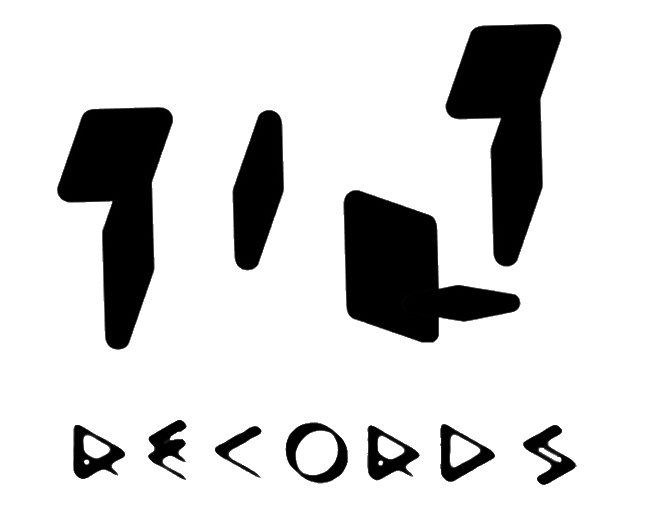Field recording
Field recording is a useful technique for gathering material for electroacoustic music and sound-art, but can also be seen as an artistic practice in its own right. It encompasses listening analytically to and recording in urban and natural environments. Field recording focuses particularly on notions of space, place and mobility in connection with binaural and/or ambisonic techniques. Field recordists explore diverse theoretical frameworks and aesthetic approaches to using sound recordings as a musical and artistic material.
Deep listening
“Deep Listening is listening to everything all the time, and reminding yourself when you’re not. But going below the surface too, it’s an active process. It’s not passive. I mean hearing is passive in that soundwaves hinge upon the eardrum. You can do both. You can focus and be receptive to your surroundings. If you’re tuned out, then you’re not in contact with your surroundings. You have to process what you hear. Hearing and listening are not the same thing.”
– Pauline Oliveros
Concrete Sound
A technique developed in 1948 by the French composer Pierre Schaefferand. The fundamental principle of musique concrète lies in the assemblage of various natural sounds recorded to produce a montage of sound. During the preparation of such a composition, the sounds selected and recorded may be modified in any way desired—played backward, cut short or extended, subjected to echo-chamber effects, varied in pitch and intensity, and so on. The finished composition thus represents the combination of varied auditory experiences into an artistic unity.
Fluxus
Fluxus had no single unifying style. Artists used a range of media and processes adopting a ‘do-it-yourself’ attitude to creative activity, often staging random performances and using whatever materials were at hand to make art. Seeing themselves as an alternative to academic art and music, Fluxus was a democratic form of creativity open to anyone. Collaborations were encouraged between artists and across artforms, and also with the audience or spectator. It valued simplicity and anti-commercialism, with chance and accident playing a big part in the creation of works, and humour also being an important element.


